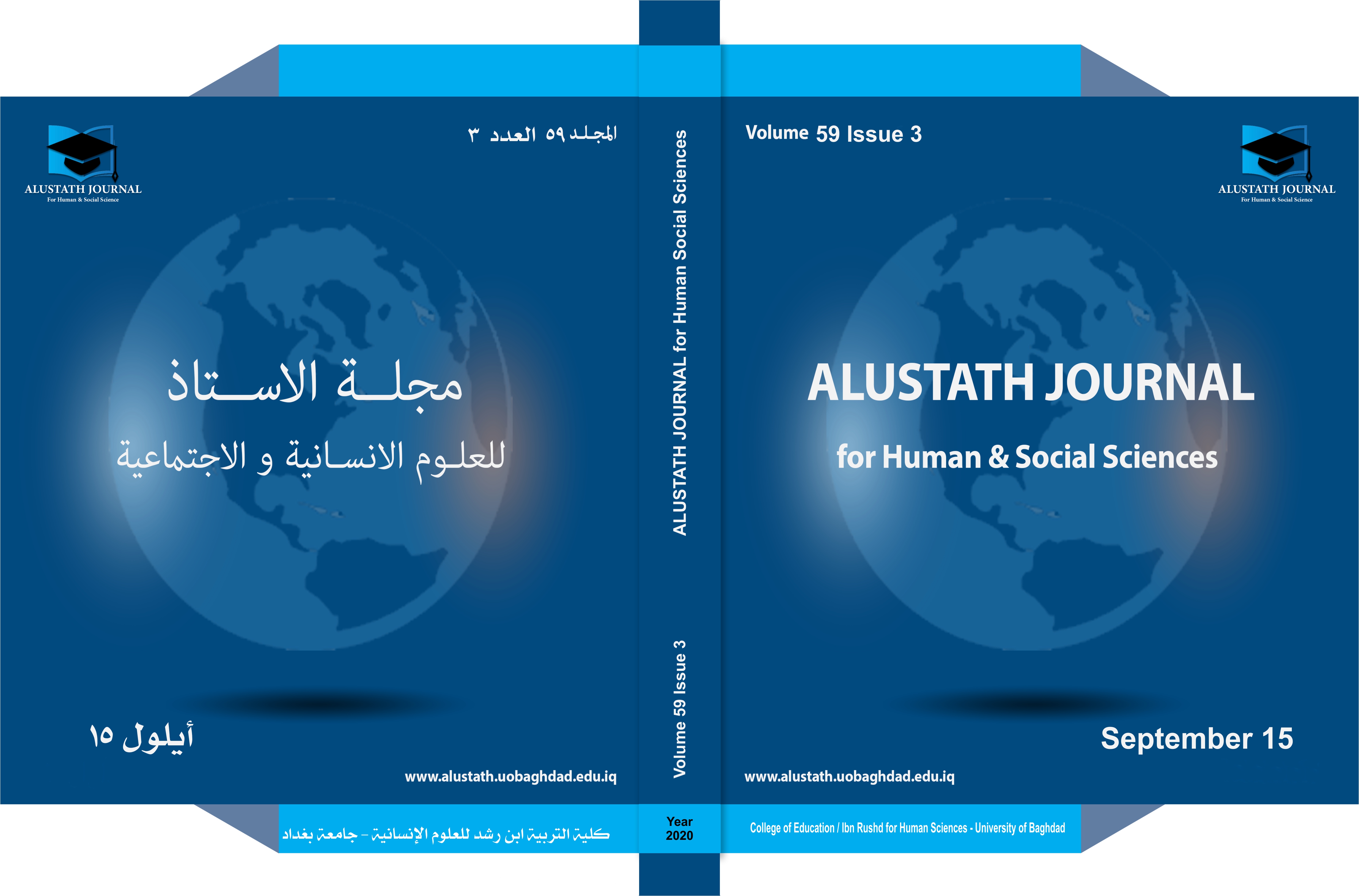The Role of Digital Citizenship in the Use of Technology and Reducing the Risks Resulting from it.
DOI:
https://doi.org/10.36473/ujhss.v59i3.1124Keywords:
dangers of technology, digital citizenship, technologyAbstract
The current study aims to know the role of digital citizenship in the use of technology and reducing the risks resulting from it. The researcher uses the descriptive analytical approach and makes a questionnaire to know if there is a role for the digital citizenship in the use of technology and reducing the dangers caused by it. The study sample consists of (102) employees in the Ministry of Education Marka Brigade (the fourth Amman qasaba). The questionnaire consists of two main axes: the first axis, which is defined as the concept of digital citizenship, the second axis is the role of digital citizenship in the use of technology and reducing the dangers of technology. The results of the study show that the awareness of the sample of the study of the concept of digital citizenship is on a high level, on average that equals (3.887) of the Likert quinary scale and the standard deviation is equal to (0.97). The results also show a strong role for citizens in reducing the dangers caused by technology where the arithmetic mean equals (4.2) and the standard deviation was (0.94). The study does not found that there are statistically significant differences between the average responses of the study sample members towards the role of digital citizenship in the use of technology and the reduction of the dangers of technology according to the gender variant. There are no differences of statistically significant differences between the average responses of the study sample members towards the role of digital citizenship in the use of technology and the reduction of the dangers of technology according to the variant of the scientific qualification and in favor of the members of the study sample that are in the graduate level, and the absence of statistically significant differences between the average responses of the sample of the study by the age group variable.












